Author: Jordan Folks
Loved by some though probably hated by more, smoked beers are some of the most divisive among drinkers, perhaps even more so than Hazy IPA or Slushy Sours. Whereas most smoked beers rely on a relatively small addition of smoked barley malt to achieve their intense character, Piwo Grodziskie is unique in that it’s made with 100% oak smoked wheat malt, which is known for contributing a more subtle smokey note.
Awhile back, a member of my homebrew club shared a Piwo Grodziskie she’d made that changed the way I think about smoked beers– it was clean, crisp, and incredibly crushable. That experience inspired me to try my hand at brewing this unique style, which the BJCP provides the following description for:
A low-gravity, bitter, oak-smoked historical central European wheat beer with a clean fermentation profile and no sourness. Highly carbonated, dry, crisp, and refreshing.
Having never brewed a Piwo Grodziskie before, it seemed to me the smokiness of this style might be able to cover up other less noticeable flaws. With this in mind, I was curious how a batch made using a Short & Shoddy approach might turn out and designed a recipe to see for myself!
| BREWING THE BEER |
Having thoroughly enjoyed the stellar example of Piwo Grodziskie made by a fellow club member, I hit her up and she provided me with her recipe, which I used as insipiration for this Short & Shoddy recipe. Shoutout to F.H. Steinbart for hooking me up with the malt for this batch!
Short & Shoddy Piwo Grodziskie
Recipe Details
| Batch Size | Boil Time | IBU | SRM | Est. OG | Est. FG | ABV |
|---|---|---|---|---|---|---|
| 5.5 gal | 30 min | 26.8 | 3.7 SRM | 1.028 | 1.008 | 2.63 % |
| Actuals | 1.028 | 1.008 | 2.63 % | |||
Fermentables
| Name | Amount | % |
|---|---|---|
| Oak Smoked Wheat Malt | 11 lbs | 93.62 |
| Extra Light Dry Extract | 12 oz | 6.38 |
Hops
| Name | Amount | Time | Use | Form | Alpha % |
|---|---|---|---|---|---|
| Hallertauer Mittelfrueh | 43 g | 30 min | Boil | Pellet | 3.7 |
| Hallertauer Mittelfrueh | 85 g | 10 min | Boil | Pellet | 3.7 |
Yeast
| Name | Lab | Attenuation | Temperature |
|---|---|---|---|
| Dieter (G03) | Imperial Yeast | 77% | 60.8°F - 68°F |
Notes
| Water Profile: Ca 10 | Mg 4 | Na 10 | SO4 14 | Cl 5 |
Download
| Download this recipe's BeerXML file |
At 5:53 PM, I collected the full volume of brewing water direct from a potable hose, opting to skip all of my standard steps including filtration, chemical treatment, and adjusting to a specific mineral profile. As the water was heating up, I weighed out and milled the grains.
When the water seemed hot enough, I stirred in the grist then checked to find it was at a rather reasonable mash temperature.
During the mash rest, I prepared the kettle hop additions.
When the brief 30 minute single-infusion mash was complete, I collected the sweet wort in my kettle then proceeded to boil it for just 30 minutes, adding hops as stated in the recipe.
Toward the end of the abbreviated boil, I took a refractometer measurement showing the wort was at a disappointingly low 1.020 SG, so with 5 minutes left to go, I made the gametime decision to add some DME as a way to boost the strength a bit.
Once the DME was well incorporated, I checked the OG of the wort again and found it was at 1.028, the low end of the BJCP range, for a surprisingly low brewhouse efficiency of 34%.
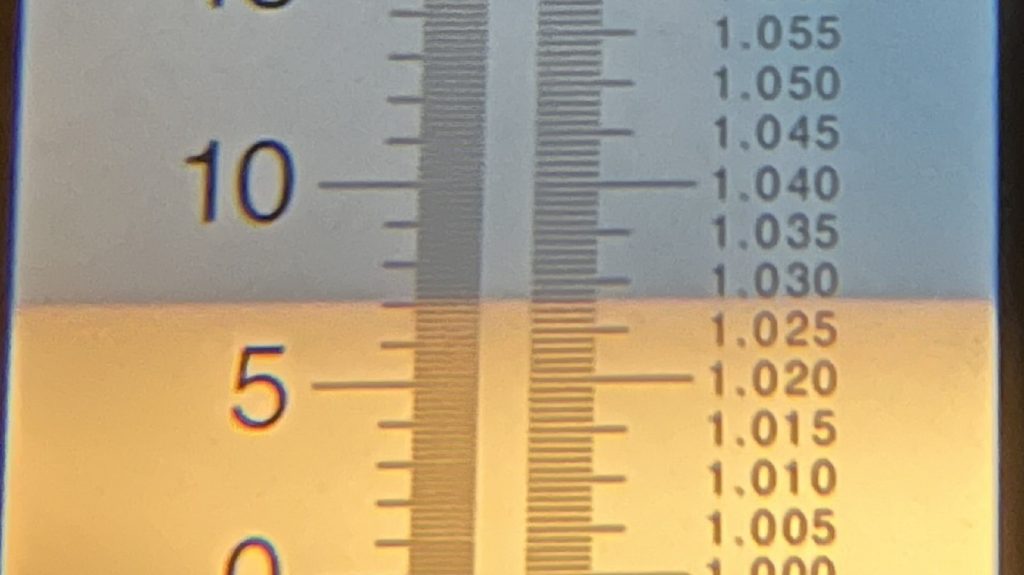
With the wort at 59°F/15°C, I pitched a single pouch of Imperial Yeast G03 Dieter.
At this point, I placed the filled fermenter in a spot in my basement that oscillates between 59°F/15°C and 61°F/16°C this time of year. The time was 9:02 PM for a total brew day duration of just 3 hours and 9 minutes.
The beer was left to ferment for 12 days before I took a hydrometer measurement showing FG had been reached.
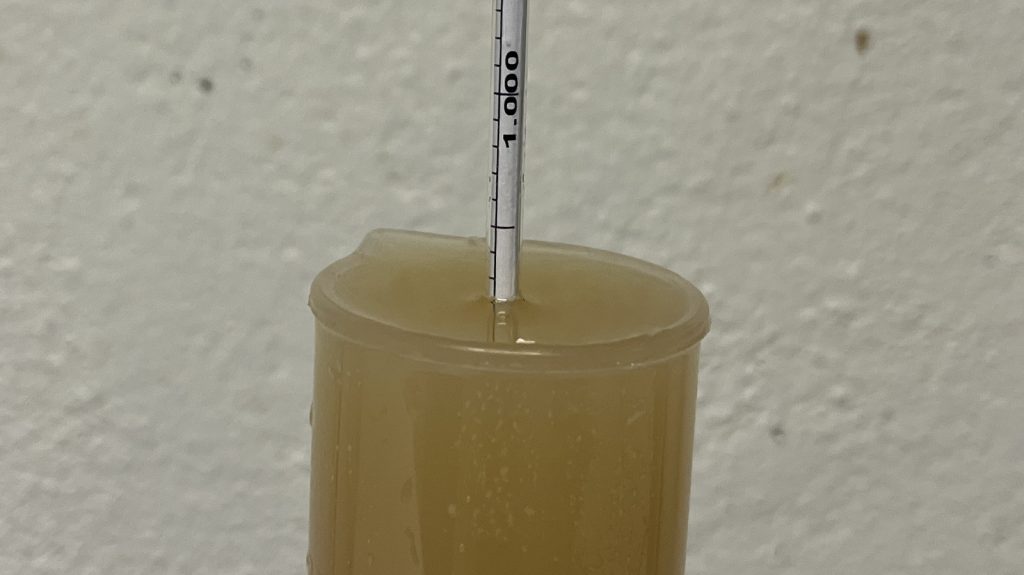
I cold crashed the beer to 32°F/0°C overnight before pressure transferring it to a CO2 purged keg then fining with gelatin. The filled keg was then placed in my kegerator and burst carbonated for 12 hours before the gas was reduced to a serving pressure. After a week of cold conditioning, the beer was ready to serve to tasters.
| RESULTS |
A total of 22 people of various levels of experience participated in this Short & Shoddy evaluation. Participants were informed of the specific beer style and provided the BJCP description prior to completing the survey. Tasters were then instructed to rate how hoppy, malty, and dry they perceived the beer to be on a 0-5 scale where a rating of 0 indicated “not at all” and 5 indicated “extremely.”
Tasters were provided a list of common hop, malt, and yeast characteristics then instructed to select from each the one they perceived as being most prominent in the beer.
Hop Characteristics
Malt Characteristics
Yeast Characteristics
Next, participants were asked to indicate whether or not they detected any off-flavors in the beer; those who did were provided a list of common off-flavors and instructed to select the one they perceived as being strongest. Of the 22 participants, 4 noted perceiving astringency, 2 each endorsed phenolic and light-struck characteristics, and 1 taster each felt they detected sour/acidic, ester, metallic, vegetal, alcoholic, light-struck, and diacetyl off-flavors.
Tasters were then asked to rate how well the beer represented the intended style, based on the provided BJCP description, on a 0-5 scale where 0 meant “not at all” and 5 meant “exactly.”
Finally, tasters were asked to rate how much they enjoyed the beer on a 0-5 scale where 0 indicated they hated it and 5 indicated they loved it.
My Impressions: To my palate, this beer was a thin, astringent, and bitter smoke-bomb. Other than the astringency, it actually matched the BJCP’s description of a “low-gravity, highly-carbonated, light-bodied ale combining an oak-smoked flavor with a clean hop bitterness.” However, the overall experience of the beer was just harsh– it did not invite another sip like other world class examples I’ve had.
| CONCLUSION |
Piwo Grodziskie is arguably one of the more esoteric styles out there, which may explain the less-than-positive opinion many have about it. Due to the use of the allegedly milder oak smoked malt, this beer is expected to be drinkable and refreshing despite conveying a noticeable smoke note. Moreover, brewing Piwo Grodziskie is technically no more difficult than any other beer, and the smokey characteristic may even serve to cover up minor flaws.
While I was optimistic a Piwo Grodziskie brewed using Short & Shoddy methods would hold up well, I was quite disappointed with how this batch turned out. Not only did more participants report perceiving off-flavors than any prior Short & Shoddy batch, but it also received some of the lowest preference ratings. It’s possible this is a function of people simply not liking smoked beers, or it could be that some aspect of my Short & Shoddy approach had some influence. Then again, it could be something else entirely, or perhaps a confluence of variables.
Overall, I had to accept that this particular Short & Shoddy Piwo Grodziskie was a resounding failure, which is based on both taster feedback and my own impressions of the beer. My initial presumption was that the astringency of this beer was caused by higher mash pH, as I didn’t acidify my water like I usually do, but a past xBmt calls this into question. My use of unfiltered and untreated water also seems a plausible culprit, even though I’ve had success with it in the past. Regardless, as much as I enjoy good Piwo Grodziskie, I won’t be brewing this recipe using this approach again.
If you have thoughts about this Short & Shoddy brew, please feel free to share it in the comments section below!
Support Brülosophy In Style!
All designs are available in various colors and sizes on Amazon!
Follow Brülosophy on:
FACEBOOK | TWITTER | INSTAGRAM
If you enjoy this stuff and feel compelled to support Brulosophy.com, please check out the Support page for details on how you can very easily do so. Thanks!


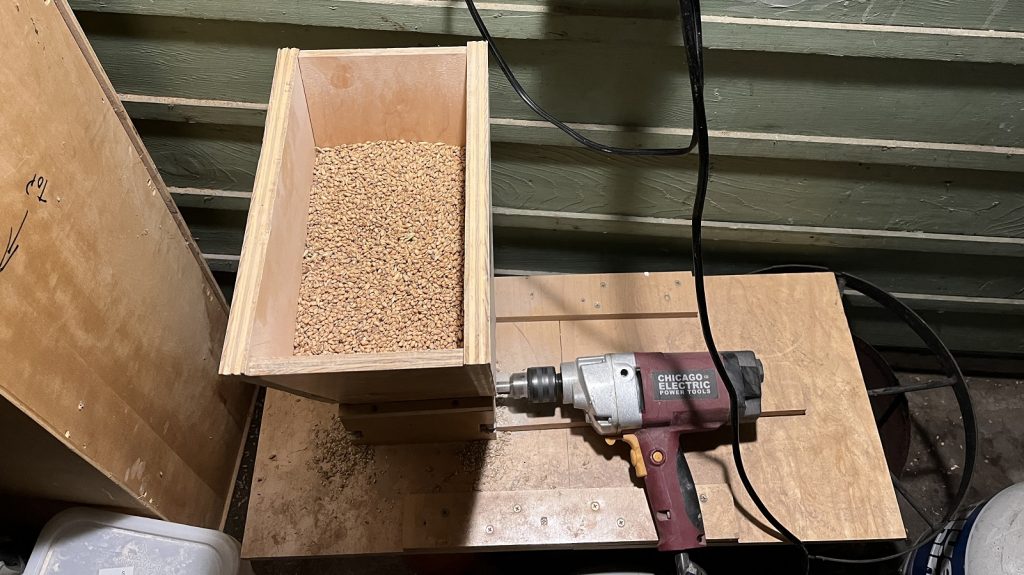
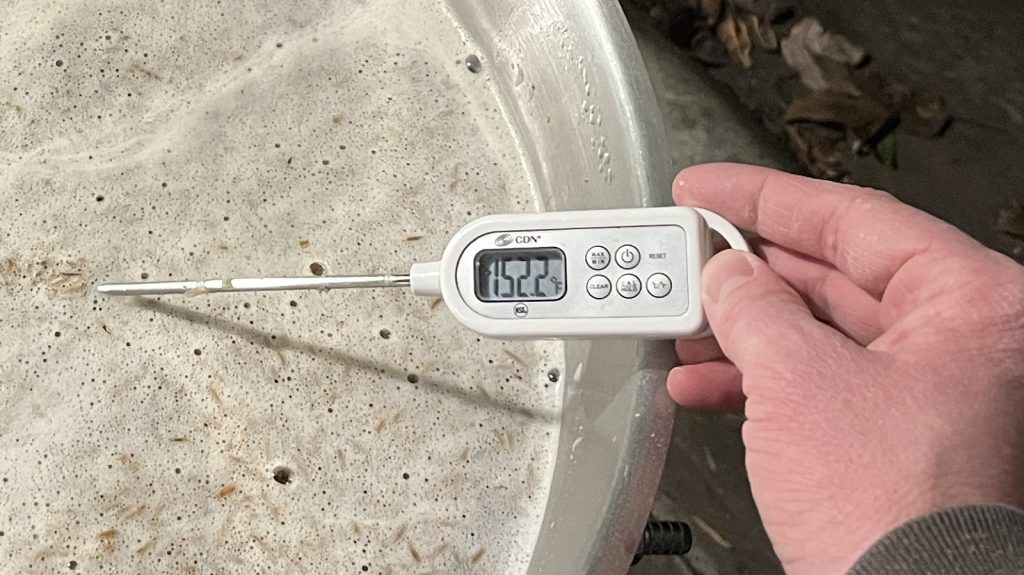
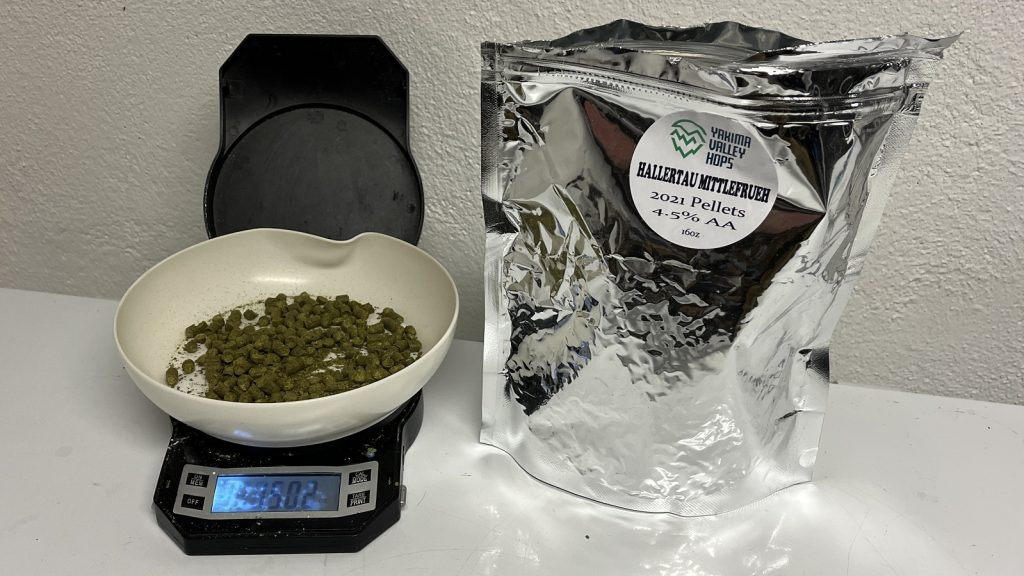
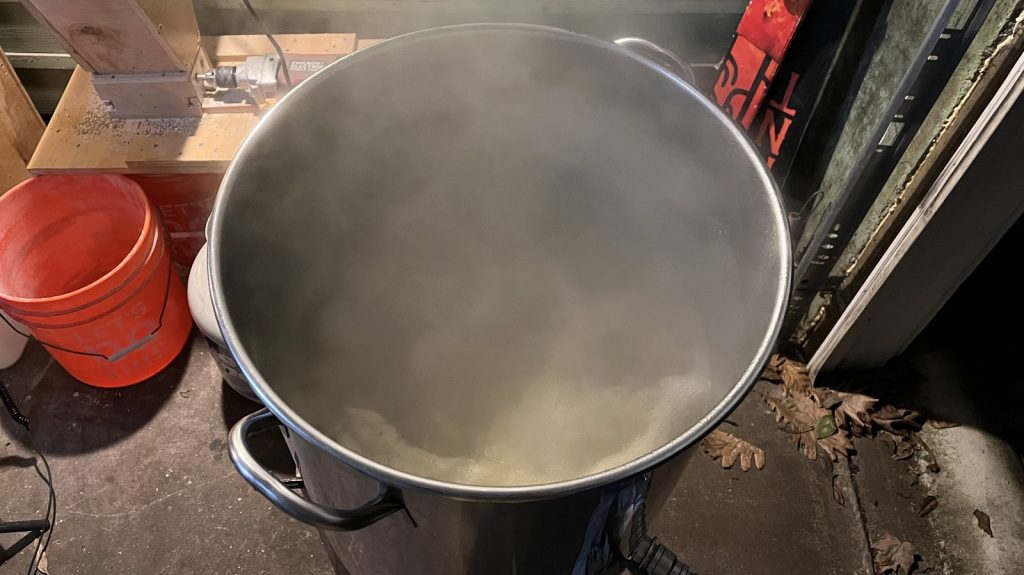
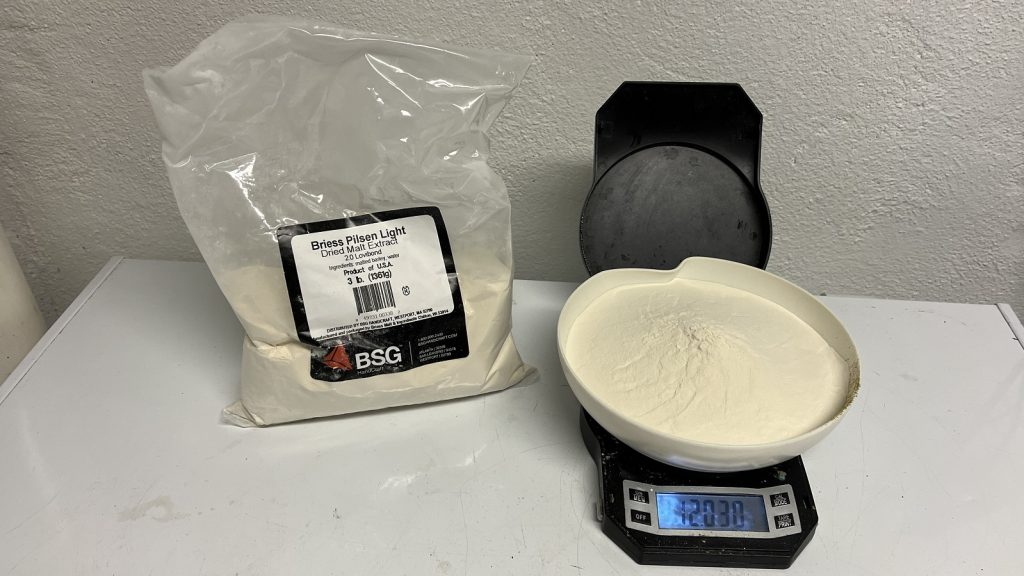
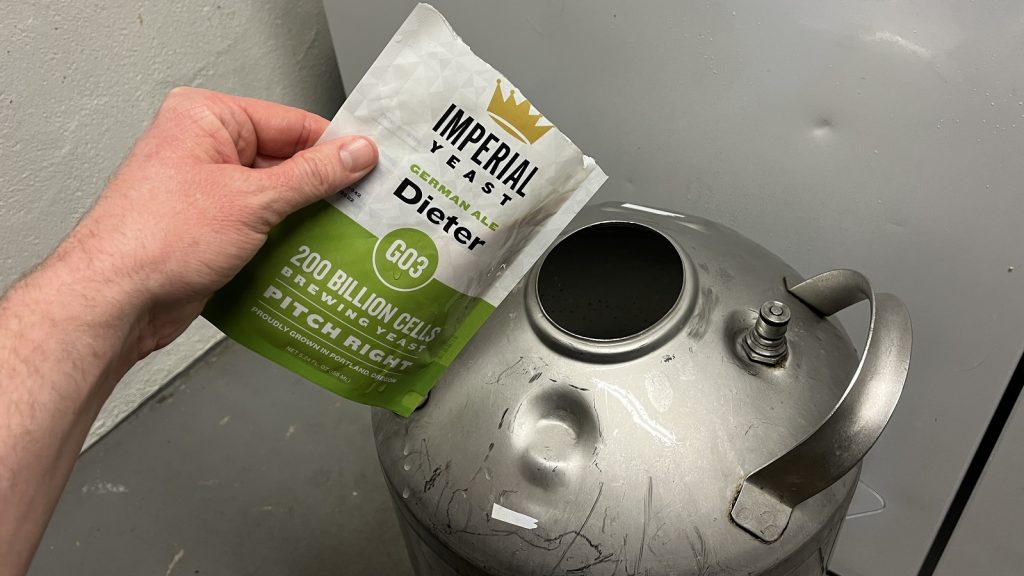
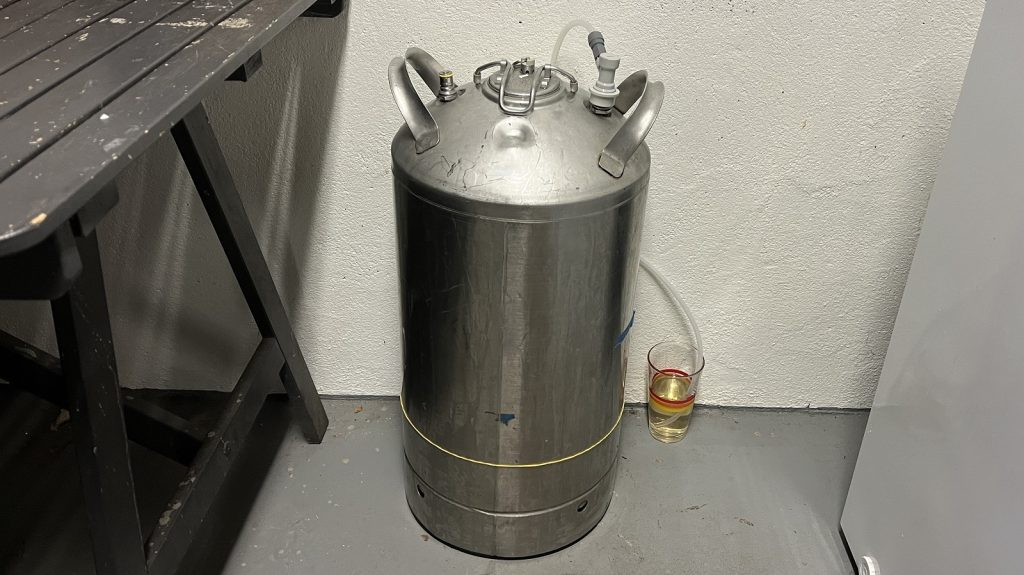
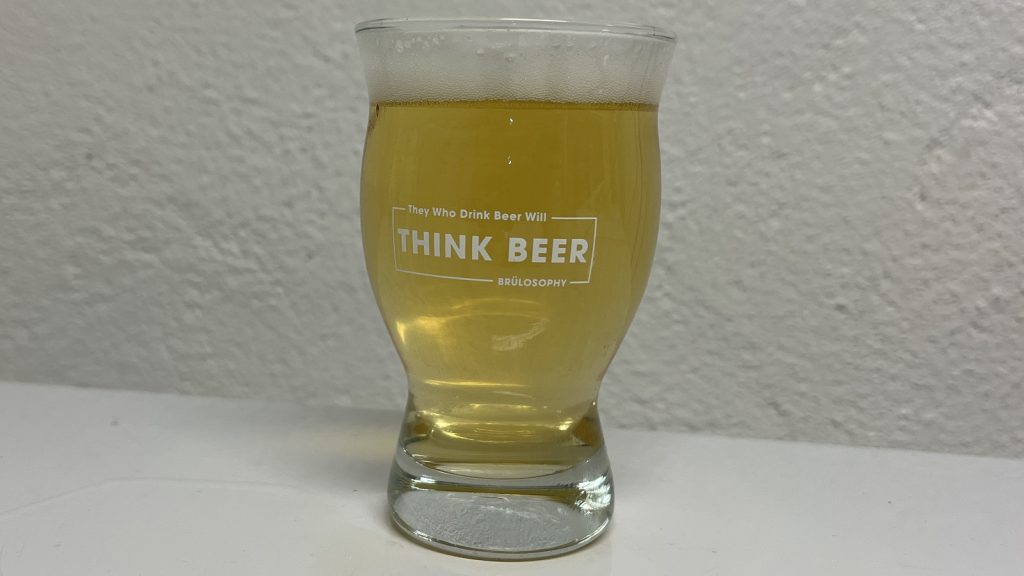
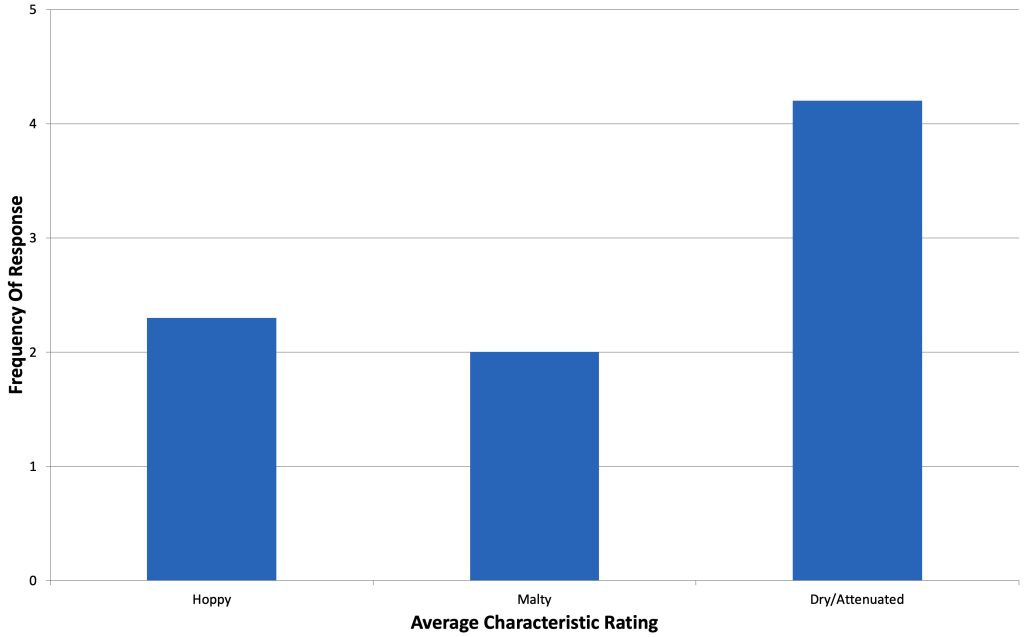
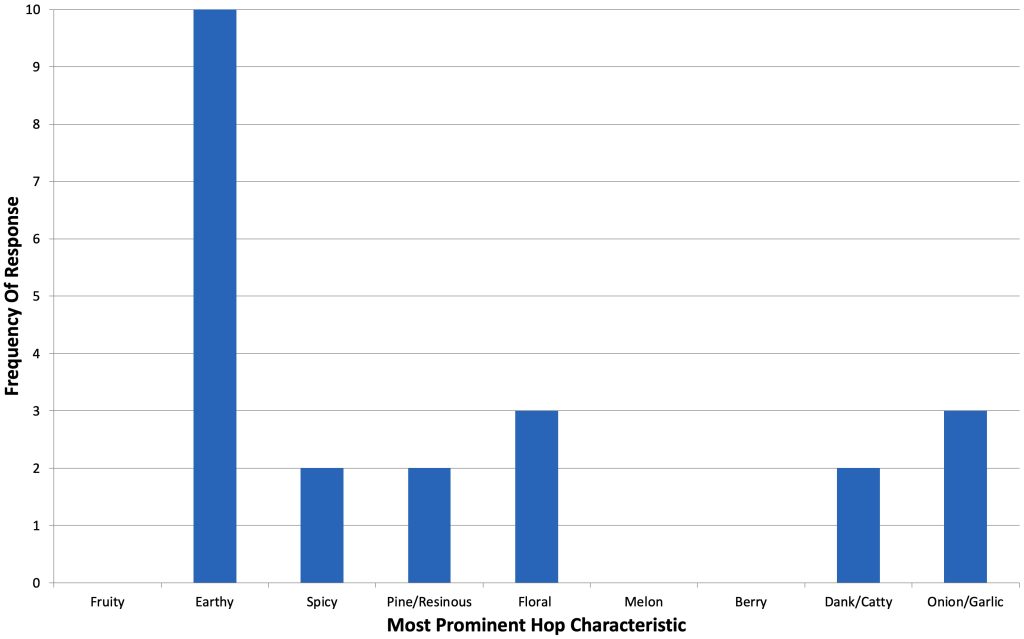
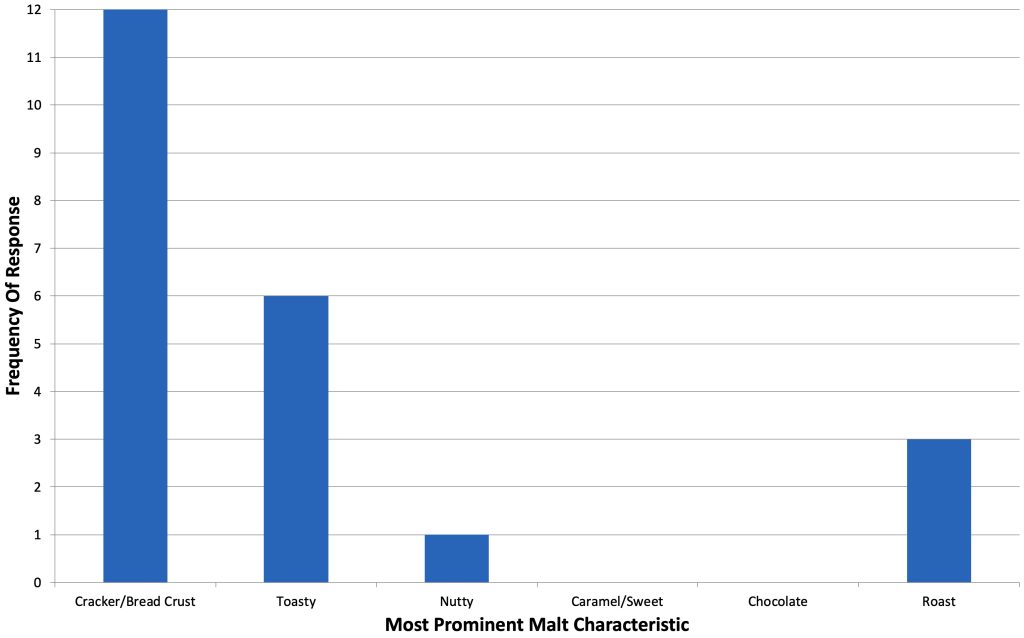
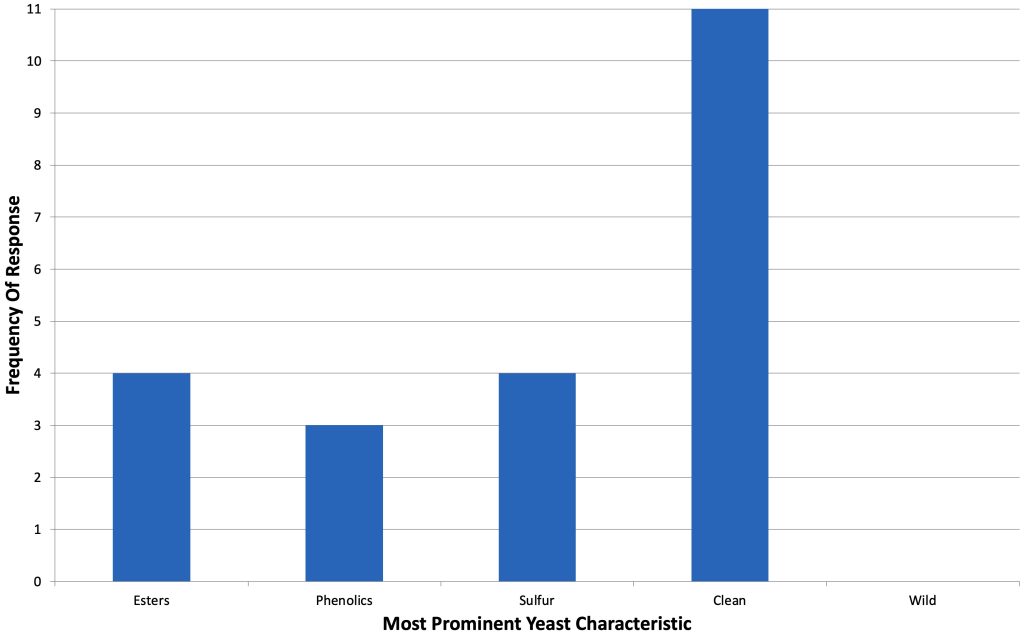
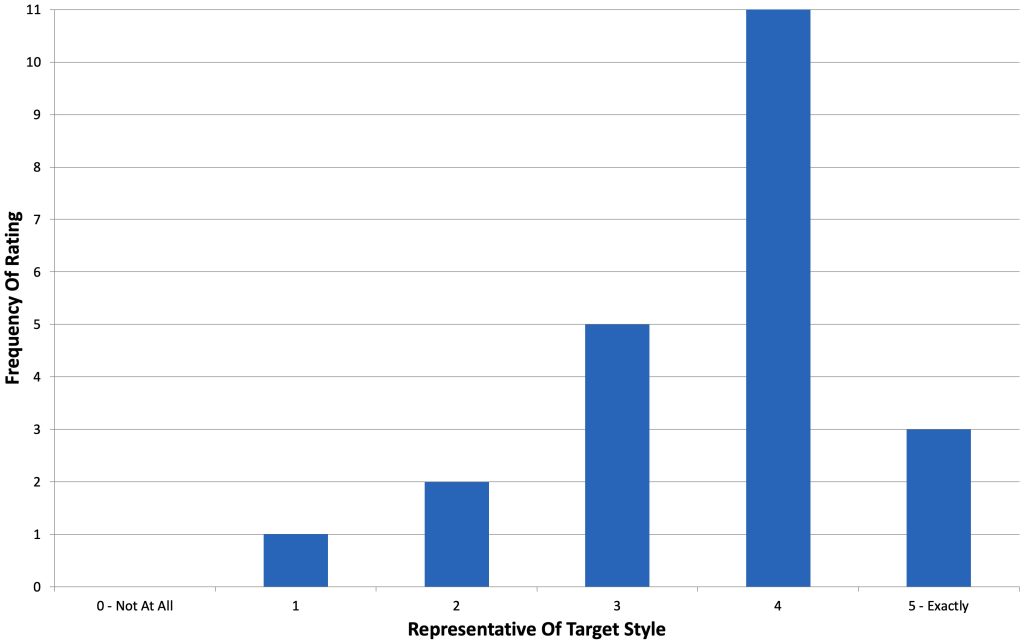
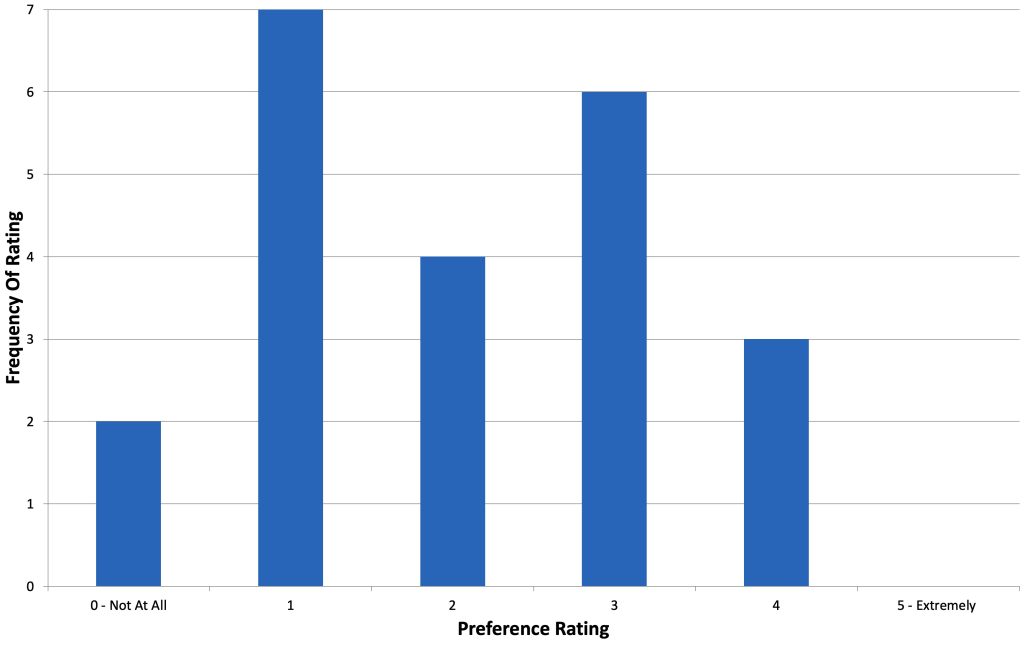











7 thoughts on “Short & Shoddy | Piwo Grodziskie”
I have a water profile not to dissimilar to that, but lighter on calcium. I found I could brew darker beer with little noticeable effect due to the more acidic dark malts, but if I brewed anything as light as your smoked beer, then it was always astringent.
As a bit of a work around, you could have used the DME in the mash. I know that’s not conventional, but the water treatment/minerals from the DME production possibly would have leveled out your mineral deficiencies a bit.
Shame about this one, I quite like smoked beer.
Any pH testing along the way?
Mineral content of the water seems very low. Ca 10 in particular seems too low. Most things I’ve read say the rule-of-thumb-minimum for Ca is about 5 times that. Perhaps pH too far outside 5.2-5.4 and no minerals made for unhappy yeast.
Considering the extent of the difference you describe between the beer made by the club member and the beer you made based on the recipe it might be interesting to figure out exactly what went wrong.
Mash pH came out way higher than I was comfortable with – 5.9. My local tap water is very low in mineral content – I think you can get away with it if yeast is healthy, but I like to add some Ca for insurance.
I love this style and brew it several times per year – after sharing with family and friends I certainly agree that smoked beers are polarizing!
I also use 100% Oak Smoked Wheat, and have found that a simple step mash works well – 30 min at 122 F (50 C), 60 min at 152 F (67 C), 10 min at 168 F (76 C). I know this isn’t “Short & Shoddy”, but with the relatively low amount of water and malt it doesn’t add too much extra time to a typical brew day on my 120V Anvil Foundry.
Goes to show that your tasters know nothing if 19 of 22 people thought it was between a 3 and 5 as far as representative to style. All 19 should have been between 0 and 2 given all of the flaws you note. 34% efficiency is absolutely horrible and why would anyone want to cut corners for that?
What’s the brand of of hydrometer? I like the simple readability of this one used.
This is a ‘final gravity’ hydrometer that maxes out at 1.020 – great for FG readings! You can purchase it online from FH Steinbart at the following link. Just make sure to select ‘0.980 – 1.020 SG’ in the Range field. https://fhsteinbart.com/product/specific-gravity-range-precision-hydrometer/